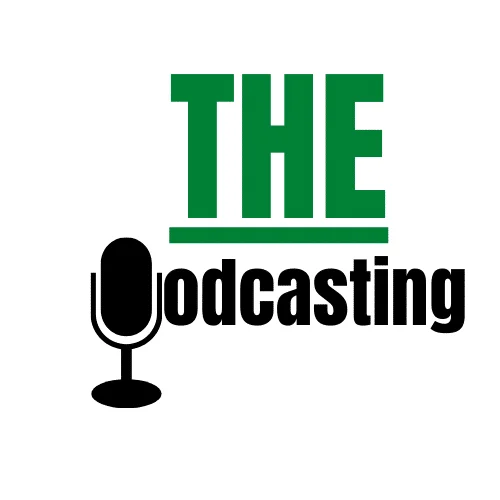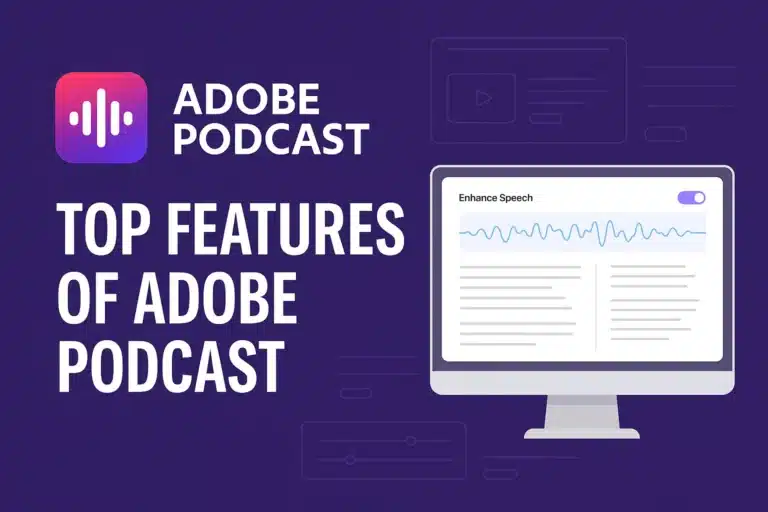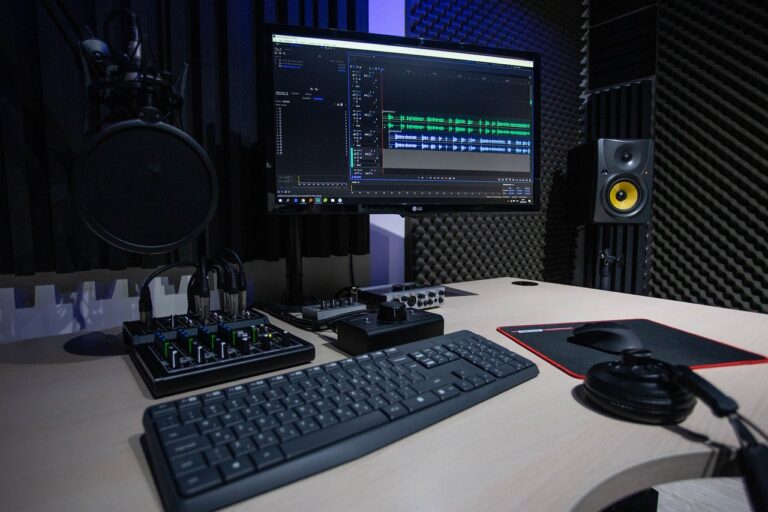In recent years, podcasting has exploded in popularity, providing a new avenue for content creators to engage with audiences and build their brand. With the rise of video-sharing platforms like YouTube, podcasting has become more accessible than ever, offering creators the opportunity to reach a wider audience and build their brand in new and exciting ways.
How to Start a Podcast on YouTube in 10 Steps
If you’re thinking about starting a podcast on YouTube, but don’t know where to begin, this article is for you. In this guide, we’ll take you through 10 steps to start a successful podcast on YouTube, covering everything from researching your niche to growing your audience and monetizing your content. Whether you’re a seasoned podcaster or new to the world of content creation, this article will provide you with valuable insights and practical tips to help you get started on your podcasting journey. So, let’s get started!


